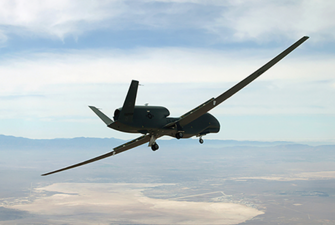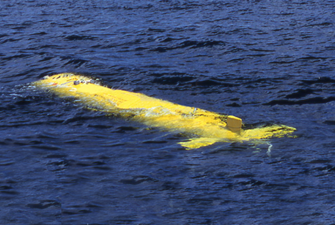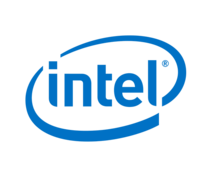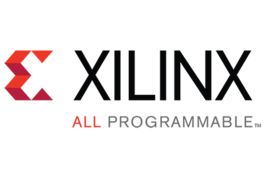
Advance Any Program or Platform With Innovative Technology Engineered to Last
Built on a Legacy of Innovation
Founded in 1929, Curtiss-Wright Corporation has a long history of innovation, with its roots dating back to the Wright brothers’ first flight in 1903 and Glenn Curtiss’s first preannounced public flight in 1908. Today, we deliver technology innovations that provide high-performance reliability, ensure the security of data, and contribute to the safety of personnel for programs and platforms worldwide.
High Performance Embedded Computing (HPEC)
With scalable architectures, dataflow modeling, and configuration validation, Curtiss-Wright’s HPEC customers can source embedded supercomputing platforms that integrate Intel-based multi-processor boards with AVX, GPGPU co-processors, Xilinx FPGAs, SRIO, and Ethernet switching with software, including VxWorks, and Linux with OpenMPI and OFED software interfaces, using latest fielded thermal management systems like VITA 48.5 Air Flow Through Technology.
Ruggedization of Embedded Computing Boards and Systems
Curtiss-Wright goes well beyond standard industry processes to deliver ruggedized solutions with proven reliability that cannot be matched in the industry. And we use the insight gained through our advanced reliability analysis and testing to continuously optimize designs and further improve reliability.
The DO-254/DO-178 Challenge
Curtiss-Wright's safety-certifiable COTS Graphics, I/O, and Single Board Computer modules reduce the cost and development risk for designers of systems with DO-254 and DO-178 safety certification requirements by providing the design artifact packages required to support successful safety certification.
Trusted Computing for Defense & Aerospace Applications
We keep cybersecurity and physical protection in mind, from design and testing to supply chain and manufacturing. Our approach to trusted computing to provide truly secure solutions for air, ground, and sea platforms.
Consolidating and Miniaturizing Electronics Drives Innovation
Our rugged electronics packaging and advanced cooling technologies using an open systems approach enables our solutions to scale to meet the specific requirements of your system. Even in small and harsh environments, computing, networking, storage, and data link technologies must provide predictable performance.
Leverage Commercial Technology to Meet the Demands of Aerospace and Defense Applications
Curtiss-Wright works with world leaders in processor technologies to apply commercial technology to the demanding power, size, program life cycle and performance requirements of aerospace and defense applications. Explore the processor types used in our COTS boards and electronic systems products.









